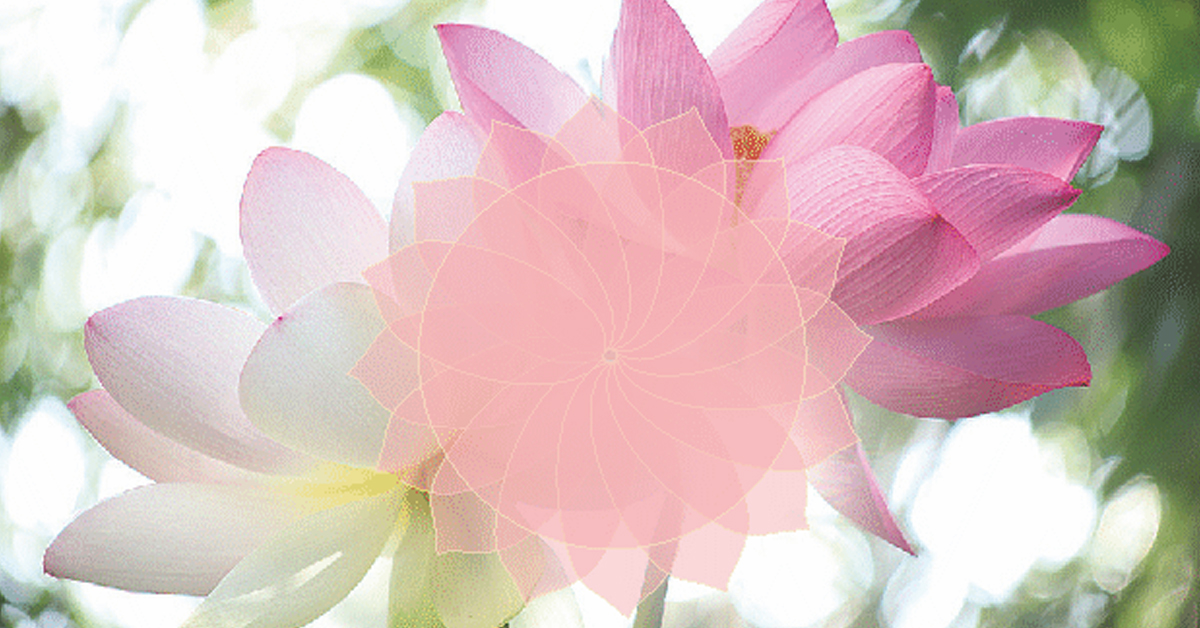As a child, when I was about 9 or 10, I remember seeing peacocks dancing around the backyard at my grandmother’s place. It was a rustic bungalow, with gardens on three sides. Every evening, a muster of peacocks would come at the east entrance and wait outside, cawing for food. My grandmother, who set food aside for the birds every day, would come to the door and feed them from her hands. When we were around, we took over the task, and of course the feeding soon turned into playing. The large, blue birds basically became our cousins for the duration of the stay. That was the last time I ever saw the bird up close.
I’ve been living in Delhi for the past decade or so and in that entire time may have had the fortune of spotting the majestic peacock not more than half a dozen times. It’s a similar story for my friends. It was only recently that I discovered, that India’s national bird has become an endangered species!
The phrase “proud as a peacock” doesn’t apply to us Indians any longer for we’ve pushed this beautiful creature to the brink of extinction. Poaching, indiscriminate use of pesticides, negligent laws, combined with habitat loss and contamination of food sources has led to the dwindling population of peacocks. And ironically, the government still hasn’t taken steps to conduct a survey to determine the status of the birds. The only stock taking of peacocks ever done in the subcontinent was by WWF in 1991, and it showed that the population of peacocks had gone down by 50 per cent since Independence! Basically, in a little over four decades, we had reduced a species to half its original population. One can only imagine what the condition would be like now.
Poaching is considered to be the most vital cause for the plummeting peacock population across the country. This is followed by loss of habitat and heavy use of pesticides and insecticides in fields. The North Indian belt of Rajasthan, Haryana, Punjab, and Delhi, which was once known for having a thriving peacock population, now reports the maximum number of poaching cases, with Rajasthan topping the list. There were more than 200 cases of peacock poaching reported from the state in 2016, according to a report in ANI.
The most recent case to have been reported was in June this year when 15 peacocks were found dead in Bhilwara district in Rajasthan. Sadly, no culprits were found, let alone convicted. This has been the case with most other cases of poaching reported. With rates of conviction so low, fowlers and packers find it extremely easy to stalk and kill the birds. Another problem that arises is that there isn’t enough staff to man the protected areas regularly and the fact that most of the violators kill these birds outside protected areas leads to 99 percent cases going unreported.
Legally, in India, peacocks are protected under Section I of the Wildlife Protection Act of 1972, wherein it is a crime to kill the birds but the collection of moulted feathers is allowed. Due to loopholes in the law, this rule is being exploited left, right and centre and as the demand for peacock feathers grows, the naturally shed plumes are simply not enough. The bird is being increasingly killed. According to a report on Beauty Without Cruelty, about 30 kg of peacock feathers are valued at Rs. 2.6 lakh in India and are said to fetch up to Rs. 7.3 lakh abroad. A single peacock normally sheds about 150-200 feathers annually and a single feather weighs about 300 grams. It is unlikely that poachers catch wild peacocks, pull out their feathers and let them go. Nowadays the demand for peacock meat is also on the rise, especially in northern parts of India as well as abroad.
According to a 2008 study by Traffic India, around 20 million peacock feathers are traded annually and an entire community in Agra is involved in the trade. Looking at the sheer scale of the trade, you can take a guess whether these are naturally collected feathers or not. If concrete steps are not taken soon to protect the endangered bird, it might soon enter the critically endangered or extinct list like the Southeast Asian Green Peacock.
Pea Facts
The peacock, known as Mayura in Sanskrit, is a sacred bird in ancient texts. It serves as the conveyance of Lord Kartikeya Goddess Lakshmi, the consort of Lord Vishnu, is symbolised by a peacock. In Buddhist philosophy, a peacock depicts wisdom. In several cultures the symbol of a peacock feather as an eye is used to ward off evil.
Author: Bloggerani





